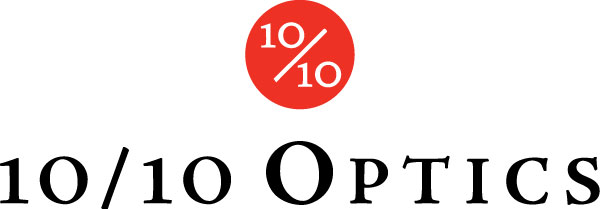Five Signs It Might Be Time For a New Glasses Prescription
Our bodies are constantly changing. Some changes seem to happen quickly while others are a slow progression. When it comes to vision changes, it’s usually a prolonged series of marginal shifts that we may only notice “all of sudden”. While annual eye exams should be a simple fact of life for glasses and contact wearers, sometimes eyesight changes occur more frequently. Additionally, if that year stretches out to 18 months or 2 years, you may find yourself experiencing some of the most common indicators that you are overdue for a prescription change. If you think you might be in that boat, here are five signs you might need a new prescription.
- You’re Constantly Squinting
- You’re Experiencing More Headaches Than Usual
- Tired Eyes Or Eye Pain
- You Get Nauseous For No Apparent Reason
- You’ve Had the Same Prescription For Years
When people squint, it’s often an unconscious attempt to better focus their vision. While you might not notice this habit at first, if you find yourself constantly squinting to see more clearly, there’s a good chance that your prescription isn’t doing its job correctly anymore. Try to be mindful of how you’re seeing things, take a mental note of how often you find yourself squinting to see something properly. Is it when things are far away or when you’re reading or using a computer? Knowing the circumstances that most frequently lead to squinting, can help you discuss your issues more accurately with your optometrist.
Noticing an unusual uptick in headaches? If so, that can be a strong sign that your prescription is off, and that it’s time for a new one. If your eyes and brain are frequently trying to correct your vision as a result of an ineffective prescription, the additional energy and effort expended to do that can lead to headaches. The nature of the headaches may vary in location and cause based on the specific type of vision problems your glasses are intended to correct. If you’re nearsighted, you’ll likely find the headache typically occurs in the front part of your head; if you’re farsighted, the headache will probably arise after looking at something for an extended period of time, like a computer screen or book.
Eyes can hurt or feel tired because of allergies, lack of sleep, irritants in the air or any number of issues. But if this is something that you’re experiencing daily, chances are that something else is off: your prescription. An inadequate prescription can force your eye muscles to work harder than they should, which can ultimately lead to pain and tired eyes.
Fits of nausea and vertigo are another possible reaction to an outdated prescription. If the vision in one of your eyes declines, while the other does not (or at least doesn’t decline as significantly), your brain will be left trying to process two separate images simultaneously instead of one image; this confusion can often cause feelings of nausea.
Even if you aren’t experiencing any significant adverse symptoms from your prescription, if it’s a prescription that you’ve had for a long while, it could just be a matter of time. As vision slowly decreases, the need for a new prescription increases–and if you haven’t gotten a new one in years, you’re probably long overdue. If you can get a prescription before you start experiencing some of these symptoms, all the better.
If any of these signs sound familiar to you, it’s time to book an eye exam as soon as possible. If you find that you aren’t experiencing any of these specifically, but are having a different set of eye problems, an eye exam is still a good idea.

